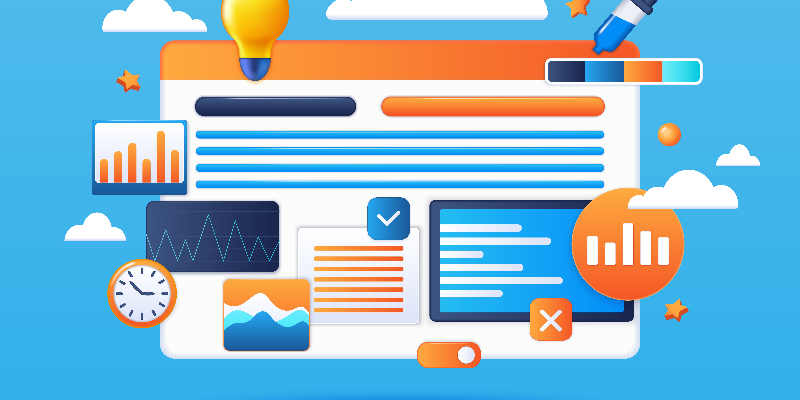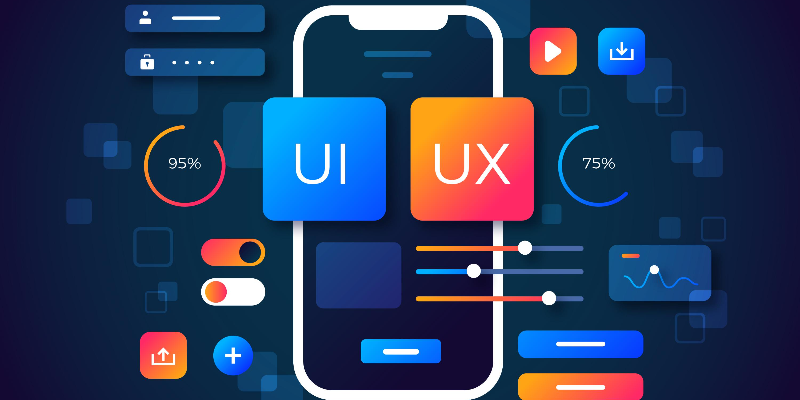

By 2025, when websites are more than mere digital business cards, they will be extensive experiences. However, the aesthetic does not constitute a great digital experience. It commences with accessibility.
It ensures that people of all abilities can access and interact with your website, regardless of physical, visual, auditory, or cognitive challenges. And that is the kicker, accessibility is not only a user-friendly thing but also a good thing to do for SEO and user experience (UX) in general.
We will discuss in this article the reasons why web accessibility has become an essential design element in the current state of websites, how it enhances search rankings and usage, and how a web development firm in Bangalore can employ the use of accessible methods, which stimulates traffic and credibility.
It refers to creating websites, applications, and digital interfaces that can be used by everyone—including those with disabilities. It is creating content that is surfable with the help of screen readers, keyboard only interaction or even voice.
It includes:
Finally, it is all about eliminating the digital barriers. And since there are more than 1 billion citizens with disabilities around the world, it is not a niche issue, but something to do it.

So, it is time to draw the link between accessibility and search engine optimization.
Google has in recent years made user experience the center of the rank algorithm. The speed with which a site loads, its mobile-friendliness, and yep, its accessibility, now have an impact on ranking.
What this means, in other words, is that accessible construction is not only the right thing to do, ethically speaking, it is also a shrewd piece of SEO.

Believe that only impaired people need to benefit? Think again.
I am sure that a properly planned, usable site would make it easier to use by all:
When in design it is prioritized, users stay longer, interact more, and are more likely to convert.
A UI/UX development company in Bangalore with expertise in inclusive design ensures that your digital presence is optimized for every visitor—not just some.
So how can this be applied? Here are real web accessibility examples that show up across good websites:
With the help of tabbing key users are able to tab through menu items, forms, and links and never touch the mouse. It is easy to navigate through.
Intelligent application of ARIA mark-ups and semantic HTML allow screen readers to describe and outline content effectively.
To make the colours of background and texts legible even to users with color blindness, designers apply such tools as WebAIM to achieve high background-foreground contrast.
Instead of Click Here, the accessible sites are coded with links such as, Download the accessibility checklist PDF which is self explanatory to the user.
Multimedia materials are accompanied with captions or transcriptions which enhance understanding by people with hearing difficulties and also those who are not native speakers.
These web accessibility examples aren’t just best practices—they’re signals to both users and search engines that your brand cares and delivers.
Little thought on accessibility can land you in lost money-wise. Increasingly more nations are taking up digital accessibility regulations in the form of the Americans with Disabilities Act (ADA) or Web Content Accessibility Guidelines (WCAG).
An incomplaint web site may result in:
Designing with web accessibility in design is future-proofing your business. It is a business in legality and moral fortune.
Following are some tips to make accessibility part of the design process:
Use such tools as:
They assist in discovering technical problems relating to contrast, labeling, ARIA roles, and others.
Logically Use tags in h1 to h6 sequence, ensure form fields are labeled, and ensure that non-text components have alternatives.
Responsive design does not only deal with display sizes, but accessibility of assistive technology and browsers.
Accessibility rules should be taught to developers, various designers, and content writers. Plain as writing alt text or button labels is a difference.
What do you get for being compliant other than you being compliant? This is what brands will get when they place a major emphasis on accessibility:
Ordered and clean mark-up, HTML will allow your site to be found quicker.
Better Aesthetics, Greater Performance: Accessible design generally results in efficient assets, making performance more rapid.
The fact that you are available proves that you are inclusive and socially responsible.
Having to deal with superior UX will reduce the number of drop-offs and increase engagement.
These web accessibility examples aren’t just best practices—they’re signals to both users and search engines that your brand cares and delivers.

The practice that should be employed to provide accessibility on a large scale demands knowledge of all three aspects: design, code, and content. That is where the help of an experienced web development company in Bangalore comes in.
They can:
By teaming up with the right agency, accessibility will indeed not be a consideration, just a design DNA.
With the web becoming more immersive, more diverse and mobile inclusivity is not optional anymore but is expected. Brands that champion web accessibility in design aren’t just ticking legal boxes. They are providing better experiences to the users, tapping new market niches and sending a message to Google that it should place them high in its search ranking.
As more and more importance is being placed on ethical design and UX, as well as mobile-compatibility, there has never been a better argument in favor of creating an accessible site. That, combined with the practical value of the SEO advantages, makes value impossible to argue against.
If you’re ready to future-proof your site and elevate your brand experience, connect with a reliable Web development agency in Bangalore. The inclusive design is not only a good practice, it is good business.